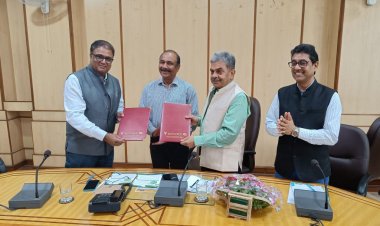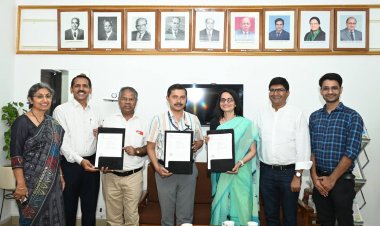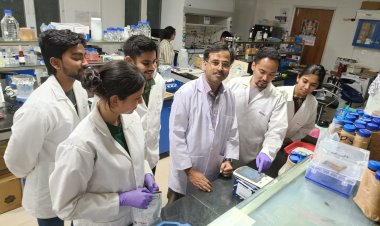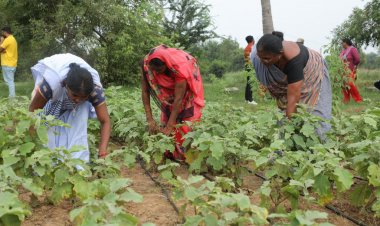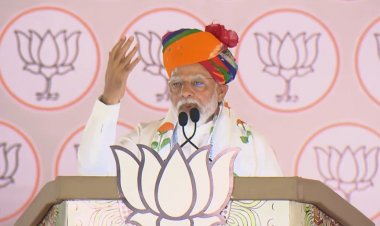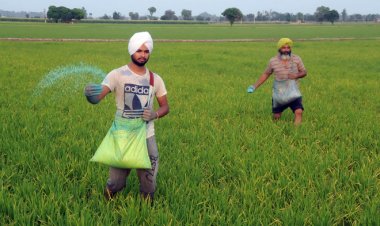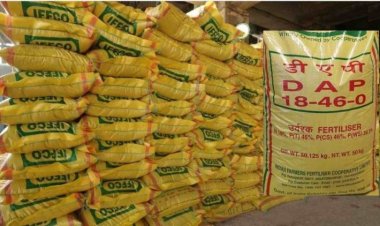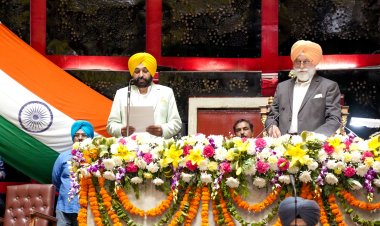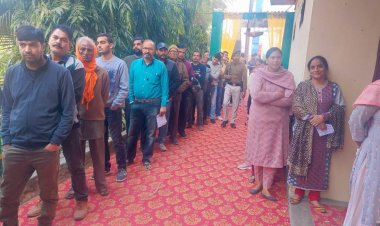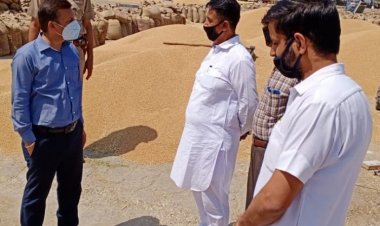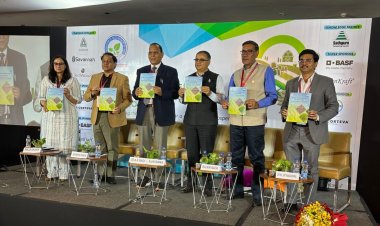Crop residue management technology: Farmers won’t have to burn stubble; soil fertility increases, no pollution
Along with the increase in agricultural production in our country, mechanization and crop residue quantity have also gone up. Farmers reap their crops of paddy and wheat primarily with harvesters. However, with little time being left to sow or plant the next crop after the paddy harvest, farmers burn the stubble in a hurry. This harms the environment and the soil in the fields. Under biomass technology, the biomass can be managed and turned to our advantage.
Most of the farmers today reap their harvest with harvesters, which leave the crop residue (also called straw or stubble) standing in the fields. Instead of using it, farmers mostly go for stubble-burning in the fields. Little do the farmers know that along with the crop residue, they are also burning the nutrients in their fields. Besides, stubble-burning also destroys the friendly insects found in the soil. Thus, soil fertility gets reduced.
The government, non-governmental organizations (NGOs) as well as individuals in the country are looking for ways to address the problem. Their aim is to find a solution to the stubble issue and avoid the subsequent problems. Dr Indramani Mishra, Head of Agricultural Engineering, Indian Agricultural Research Institute (IARI), Pusa and Nodal Officer, Crop Residue Management, shared information about biomass management technology in the Rural Voice Agritech Show. You may watch this episode of the show by clicking on the video link given above.
Dr Mishra said that along with the increase in agricultural production in our country, mechanization and crop residue quantity had also gone up. Farmers reap their crops of paddy and wheat primarily with harvesters. However, with little time being left to sow or plant the next crop after the paddy harvest, farmers burn the stubble in a hurry. Stubble-burning in the states of Punjab, Haryana and Uttar Pradesh causes twofold loss. One, it leads to the menacing problem of pollution in Delhi-NCR and several other areas. The smoke from the stubble-burning poisons the atmosphere and people have to struggle to breathe. Two, stubble-burning in the fields leads to biological loss to the soil. Useful micro-organisms and friendly insects are destroyed, thereby reducing soil fertility.
Under biomass technology, biomass can be managed in two ways. The first is in situ crop residue management, under which crop residue is managed within the field. A waste decomposer is the most effective means of managing crop residue. Spraying it on the crop residue turns it into manure. Besides, new agricultural machines have been developed for proper crop management. These machines not only get rid of crop residue problems but also provide good manure to the soil. The super straw management system (SMS) or straw chopper finely chops the crop residue and spreads it on the field. A happy seeder is then used to sow the wheat. The crop residue pieces may also be mixed into the soil with a mulcher, resulting in the formation of good manure. Zero drill, rotavator, reaper-binder and some locally useful cheap machines may also be used for crop residue management.
Another method to manage the biomass is ex situ crop residue management. It consists of taking the crop residue out of the field and turning it into compost or cattle fodder. Besides, the crop residue may be compressed in baler machines and supplied to electric power generator units, thus making it a source of revenue.
Dr Mishra said that the government had made it compulsory to attach a super extra machine to the combine harvester so that the size of the stubble might be reduced during the harvest and no problem might arise in sowing the wheat with a happy seeder and zero till.
Said Dr Mishra, “Our institute has developed a bio-enzyme named Pusa Decomposer. It is given to farmers in the form of capsules or in a liquid form. The solution made with these capsules dissolves the paddy stubble. Besides, the Decomposer helps produce organic manure that increases soil fertility. Its use spares the farmers the need to burn the stubble.”
The IARI scientist said 10 litres of the solution was required in an acre to turn the crop residue into manure. This quantity should be mixed with 200 litres of water and sprayed into the field of straw and the residue should then be mixed into the soil with a rotavator. Care should be taken to press the residue into the soil and then pour a small amount of water. The stubble begins to dissolve in about 15 days. You may then start sowing the next crop and the crop residue will dissolve in about 25 days. Carbon, nitrogen and phosphorus are mixed in the soil after this process, thereby enhancing soil fertility.
Umesh Singh, a farmer from the Hiranki village in Delhi who has adopted the crop residue management techniques, said, “We used Pusa Decomposer after the paddy harvest on our 48 acres. We then pressed the paddy stubble into the soil and poured some water. The stubble began to dissolve gradually and was fully dissolved in 25 days. This made sowing the wheat very easy and we reaped a good harvest.”












